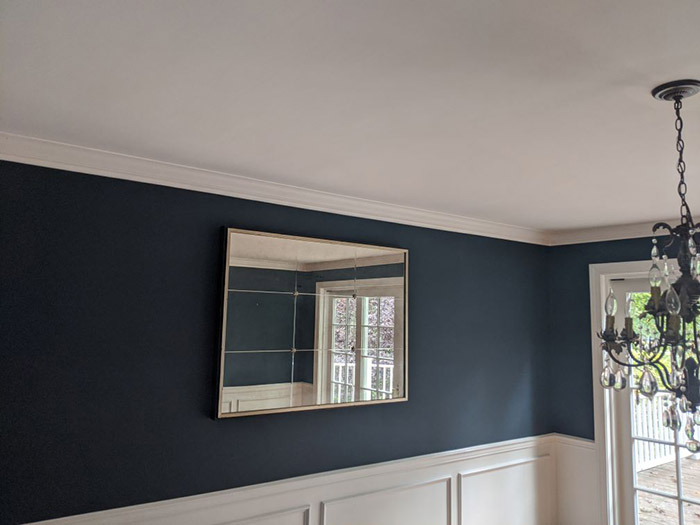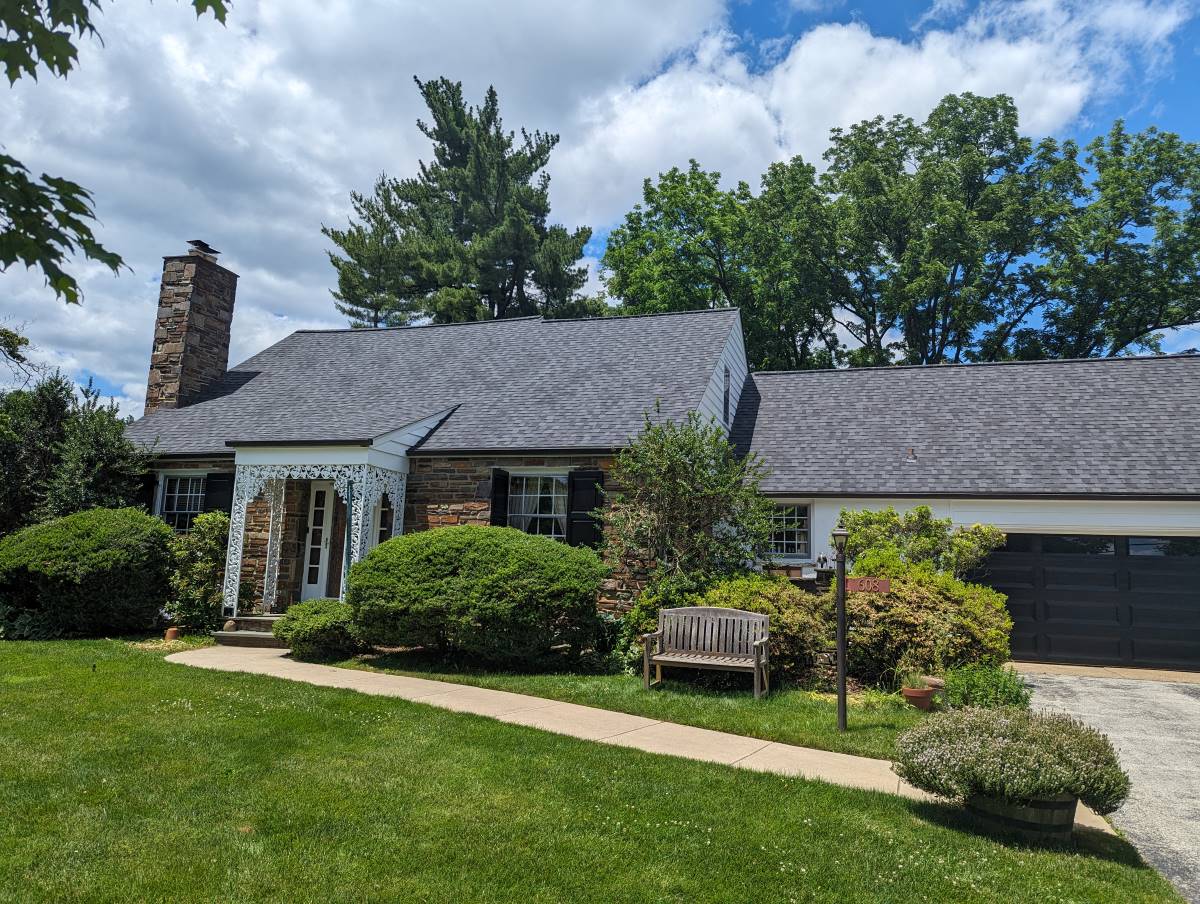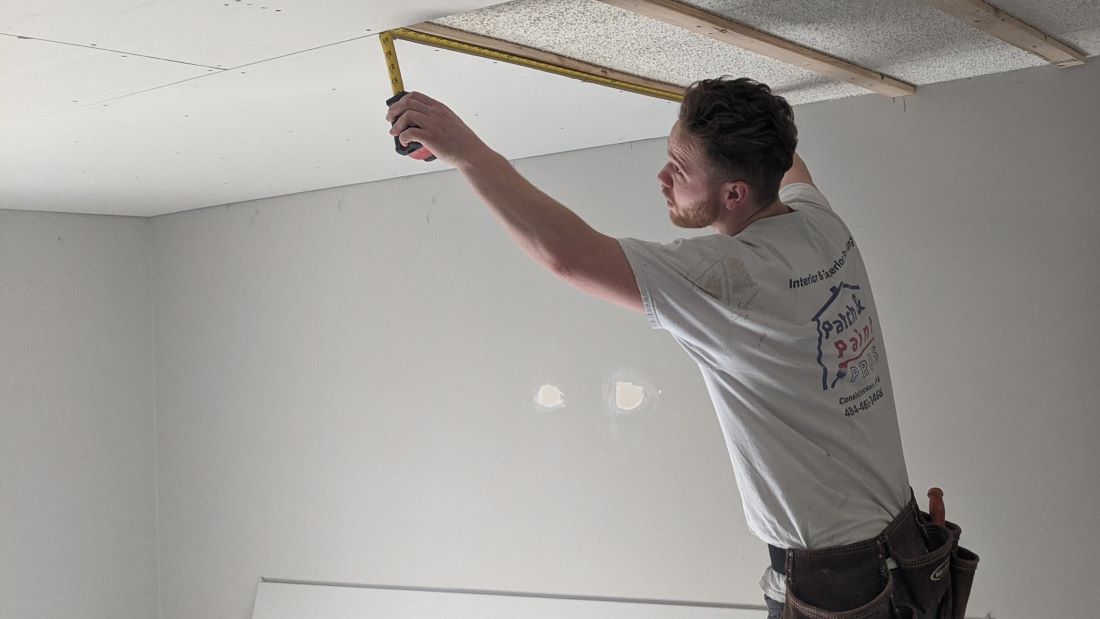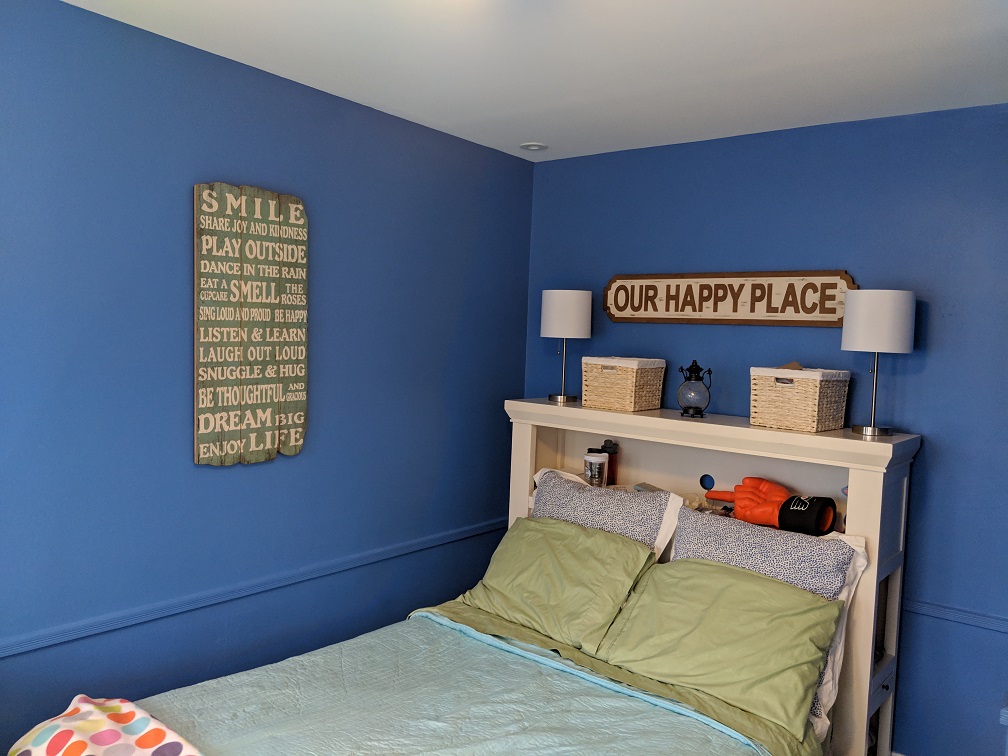Are you looking to paint your baby’s nursery and protect them from toxic chemicals? Painting is a great way to personalize any room, but the paints used can contain potentially hazardous ingredients. If you want to make sure that your home is safe for your little one, then consider using non-toxic paints! In this article, we’ll discuss expert recommendations from house painters in Conshohocken on the best non-toxic paints for babies.
When it comes to painting in an environment where there’s a newborn or young child present, safety should be a top priority. That’s why parents need to find the safest possible paint options available—ones that don’t release dangerous volatile organic compounds (VOCs) into the air. There are many different brands of zero VOC and low VOC paint products out there, making it hard to know which ones will work best for your needs. To help narrow down the choices, here are some tips and tricks from experienced house painters that they recommend when selecting non-toxic paints for nurseries and other children’s rooms.
We hope this article helps provide insight into what types of paint products may be right for your family. Read on as we dive further into our discussion about the best non-toxic paints for babies and how to choose them safely!
Benefits Of Using Non-Toxic Paints
When it comes to the safety and health of your baby, using non-toxic paints is an absolute must. Not only do these types of paint reduce potential exposure to toxins, but they also help create a healthy living environment for everyone in the home. Baby-safe paint is free from harsh chemicals that can cause not only skin irritation but respiratory problems as well. Nontoxic paints are capable of providing bright colors without sacrificing quality or durability.
The use of non-toxic paints has become more popular due to their numerous benefits. For example, most non-toxic paints contain fewer volatile organic compounds (VOCs) than traditional solvent-based products, making them much safer and better for air quality indoors. Additionally, this type of paint emits little odor while still delivering vibrant colors on walls and surfaces. Moreover, many brands boast quick drying times and easy clean up with water alone – perfect for those messes that come along with having babies in the house!
Nontoxic paints offer peace of mind by knowing you’re protecting your family from dangerous fumes and other potentially hazardous substances. So if you’re looking to make sure your home stays toxin-free for your little one(s), then investing in some high-quality baby-safe paint might be just what you need. With plenty of options available today, finding something suitable shouldn’t be too difficult either! From here we’ll look at key ingredients to consider when selecting non-toxic paint for your home.
Key Ingredients To Look For
When it comes to selecting non-toxic paints for your home, there are a few key ingredients that you should always look out for. Water-based paints are the safest option as they contain fewer VOCs than other types of paint and can be easily cleaned up with soap and water. Zero VOC paint is another great choice as this type of paint does not emit any VOCs into the air, making it perfect for those sensitive to strong smells or fumes. Furthermore, some brands now include antimicrobial agents in their formulations which help prevent mold growth – an essential feature when decorating nurseries!
In addition to these key ingredients, pay close attention to labels and product information so you can make sure you’re getting a safe product that meets all safety standards. It’s also wise to read customer reviews online before buying just in case certain colors don’t turn out quite like expected or if coverage isn’t optimal.
The bottom line is that finding non-toxic paints doesn’t have to be complicated; doing your research ahead of time can ensure you get something reliable while maintaining peace of mind knowing your family’s health won’t be compromised by harsh toxins. With such a wide range of options available on the market today, choosing baby-safe paint has never been easier! Now let’s take a closer look at environmental considerations when using non-toxic paints.
Environmental Considerations
When it comes to eco-friendly home renovations, you should always opt for non-toxic paints and natural paint options that won’t have a negative impact on the environment. Low VOC (Volatile Organic Compound) paints are an excellent choice as they are formulated with fewer chemicals than traditional oil-based products and produce fewer fumes when applied. Not only do these types of paints reduce air pollution but they also help keep your family safe from dangerous toxins found in some conventional brands.
Another way to make sure your painting project is environmentally friendly is by purchasing recycled paint. This type of paint is made using repurposed materials which reduces the amount of waste created during production while still providing good-quality coverage. Furthermore, opting for zero VOC or low VOC formulations helps ensure that any leftover paint can be disposed of safely without damaging local ecosystems or waterways.
By taking into account environmental factors such as emissions, waste, and toxicity levels when choosing non-toxic paints, you can greatly reduce the overall footprint of your DIY projects while creating healthier home spaces for everyone involved. Now let’s look at how to apply these safety tips when tackling painting jobs around the house.
Safety Tips For Application
When it comes to painting a room for babies and young children, safety should always be the number one priority. Non-toxic paints are essential for creating safe spaces that won’t harm delicate baby skin or cause any long-term health issues. Benjamin Moore Aura is an excellent choice as its low VOC formula makes it ideal for indoor use by families with kids. The paint also features superior coverage in fewer coats than other brands, meaning you can get the job done faster without compromising on quality.
To ensure maximum protection against toxins when using non-toxic paint products, proper application techniques must be employed during installation. Start by making sure all surfaces are clean before applying any layer of paint; this will prevent dirt from becoming embedded in the finish which could result in uneven coverage or blemishes. It’s also important to use drop cloths while painting to protect your furniture and flooring from any splashes or messes caused during the process.
Removing stains from walls can be a daunting task, especially when you’re dealing with tough and stubborn ones. However, with the right approach and techniques, you can restore your walls to their former glory. Finally, if you’re feeling overwhelmed or uncertain about tackling a DIY home project involving nontoxic paint, don’t hesitate to enlist professional help. Painters who specialize in eco-friendly practices understand how to apply these coatings safely and effectively so you can feel confident knowing your family is protected from potential hazards associated with traditional oil-based products.
Final Thoughts
In conclusion, painting a room for your baby can be a fun and exciting task, but it’s important to choose the right paint. Non-toxic paints are not only safer for babies and children, they also help reduce environmental pollution from VOCs. The irony is that while these eco-friendly options may cost more upfront, they’ll save you money in the long run due to their better coverage and durability. In addition, by using non-toxic paints you won’t have to worry about exposing your little one to toxins or irritating fumes during application. With all of these benefits considered, there really isn’t any reason why you shouldn’t use non-toxic paints when decorating your child’s bedroom! So take the time to research different brands and find an option that works best for both you and your family – after all, what could possibly be more important than protecting your precious bundle of joy?












